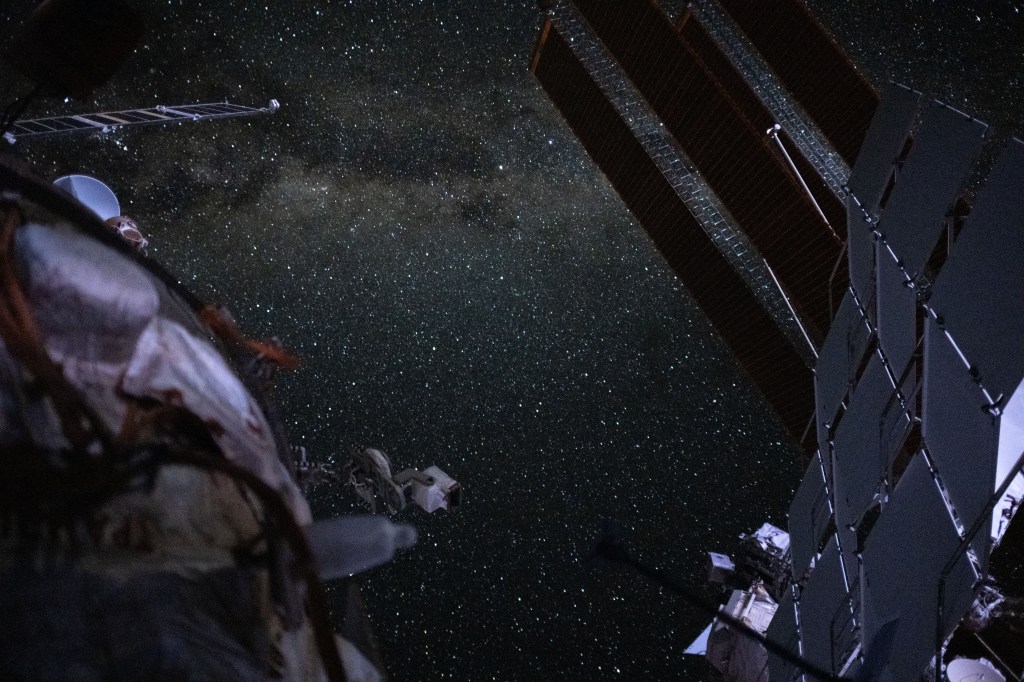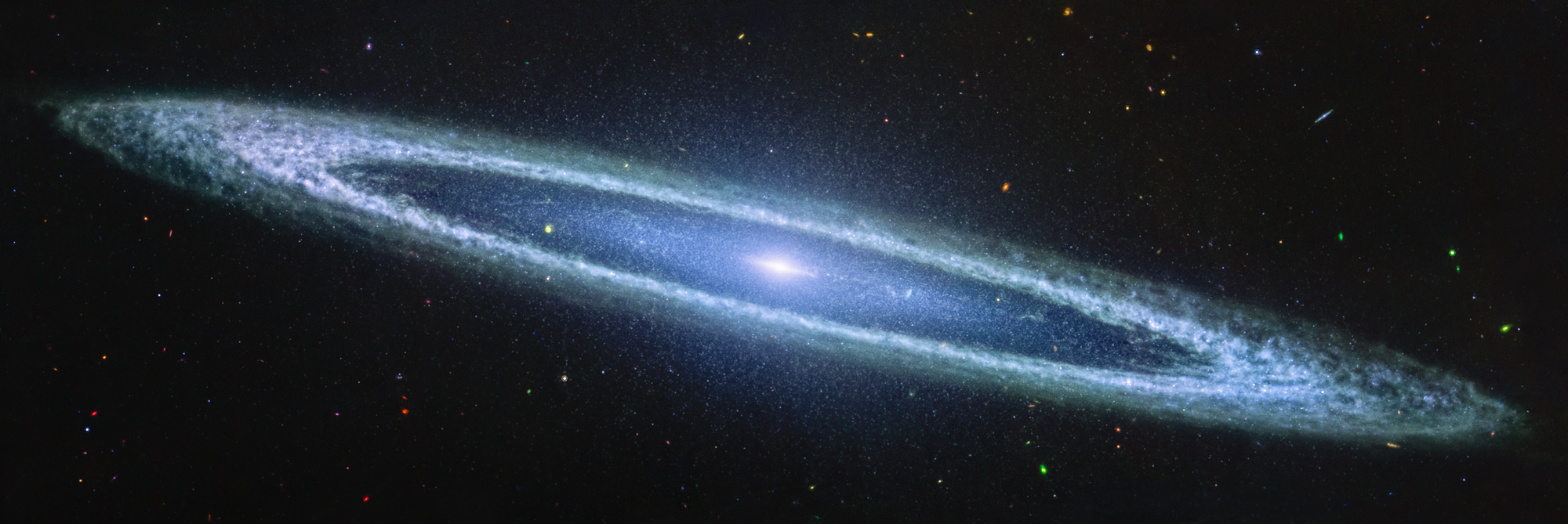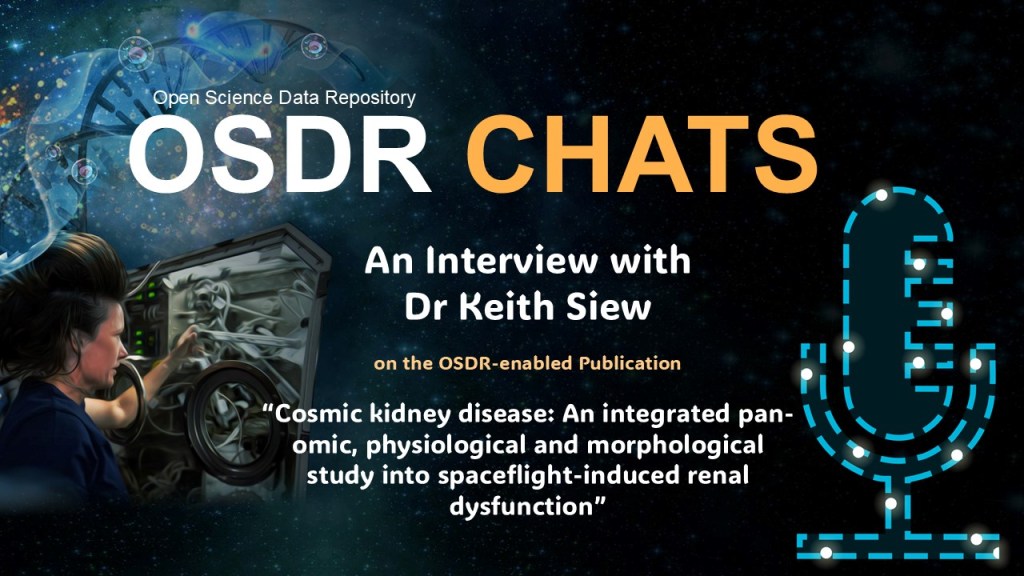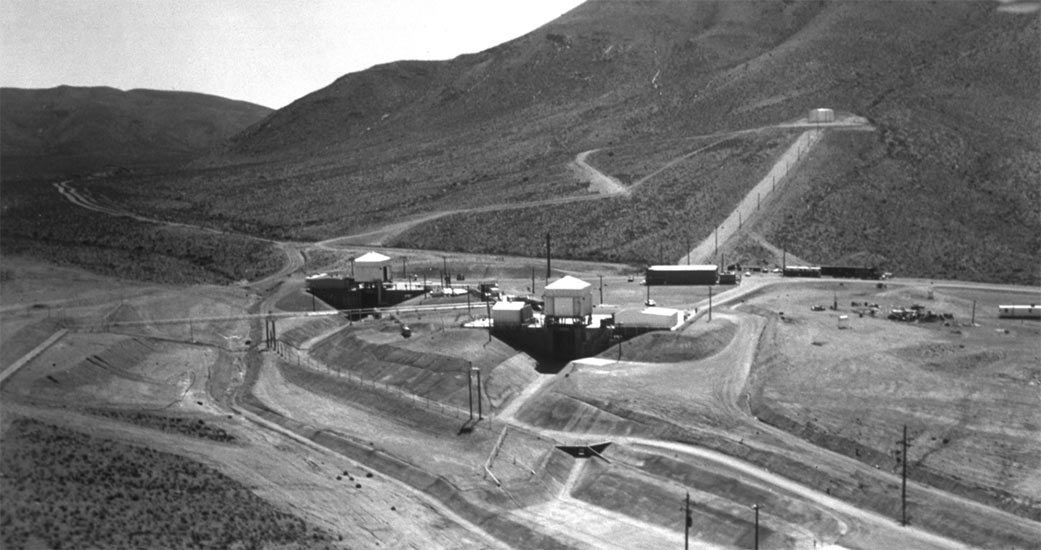Since the first rocket engine test in 1964, White Sands Test Facility has tested over 700 rocket engines in more than 4 million firings for NASA, other government agencies, and private industry. Our Propulsion Test Areas (300 area and 400 area) were originally constructed to test the engines planned for the Apollo Command and Service Module (CSM) and the Lunar Module (LM). The 300 Area was constructed first, and in September 1964 the first firing test of the main rocket engine planned for the Apollo CSM was conducted. Later, the LM’s descent engine that allowed the craft to land softly on the Moon, and the ascent engine that launched the craft from the lunar surface, were both certified for flight after hundreds of firings in the 400 Area. The reaction control systems for both spacecraft, and the small thrusters which control the module’s position, were also certified for flight. In 1972, the final descent phase of the Project Viking Lander was simulated to evaluate the effects of the descent engine on simulated Martian surfaces. The effects of different rocket engine exhaust products were evaluated during these tests resulting in recommendations for design changes which were incorporated into the Lander.
Fleet Leader Program
Upon successful completion of the Apollo propulsion systems tests, our propulsion test facilities were refurbished in preparation for the required shuttle orbiter propulsion systems development and qualification testing. Modifications of the propulsion test stands, their ground support equipment, and their facility interfaces were necessary to accommodate different propellants, flow rates, pressurization, and storage requirements. The White Sands test Facility Fleet Leader Program played a vital role in NASA’s ability to detect, predict, and prevent orbital maneuvering subsystem (OMS) and reaction control subsystem (RCS) life-dependent failures and anomalies before they affected the shuttle fleet. We performed comprehensive test article functional tests that simulated orbiter flight and maintenance downtime period activities, and special propulsion subsystem tests, using all of the Fleet Leader test articles.
One of NASA’s early challenges was to understand the effect of using a leaking thruster on orbit. The Fleet Leader Aft Reaction Control Subsystem (ARCS) and Forward Reaction Control System (FRCS) test articles were used to perform real-time anomaly testing to understand the effects of firing a leaking thruster and the impacts it would have on the subsystems for the shuttle program to determine whether a shuttle in orbit could successfully and safely fire a leaking thruster.
Another challenge the Space Shuttle Program faced was dealing with chips and chip growth in the thruster chamber coatings. The ARCS Fleet Leader test article was used to test several thrusters with natural and man-made chips in the chambers to gather data on chip generation and chip growth. The data obtained during these tests allowed the program to better address chips in thruster chambers and make informed decisions on whether a thruster with chips was still serviceable.





























